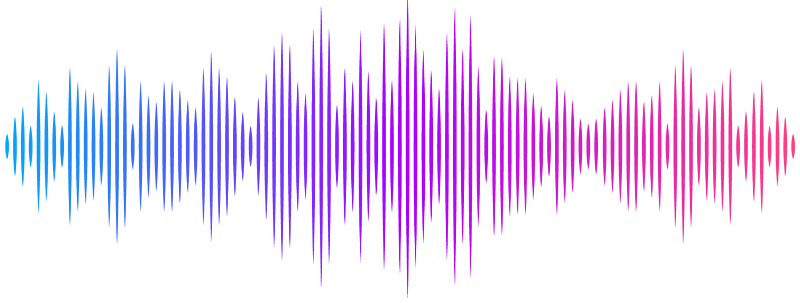Contentopic mapping in ventral and dorsal association cortex: the topographical organization of manipulable object information

Contentopic mapping in ventral and dorsal association cortex: the topographical organization of manipulable object information
Almeida, J.; Kristensen, S.; Tal, Z.; Fracasso, A.
AbstractUnderstanding how object information is neurally organized is fundamental to unravel object recognition. The best-known neural organizational principle of information is topographical mapping of specific dimensions. Such maps have been shown mainly for sensorimotor information within sensorimotor cortices (e.g., retinotopy). Thus, here we ask whether there are topographic maps - by analogy, contentopic maps - for mid-level object-related dimensions. We used functional magnetic resonance imaging and population receptive field analysis to measure tuning of neural populations to selected manipulable object-related dimensions. Here we show maps in dorsal and ventral occipital cortex that code for the score of each object on each target dimension in a linear progression following a particular direction along the cortical surface. Maps for each dimension are distinct, and consistent across individuals. Thus, object information is coded in multiple topographical maps - i.e., contentopic maps. These contentopic maps refer to intermediate level visual and visuomotor representations, and are potentially computed from the grouping of lower-level information through non-linear transformation following gestalt principles. This shows that topography is a widespread and non-incidental strategy for the organization of information in the brain that leads to greatly reduced connectivity-related metabolic costs and fast and efficient readouts of information for stimuli discrimination.